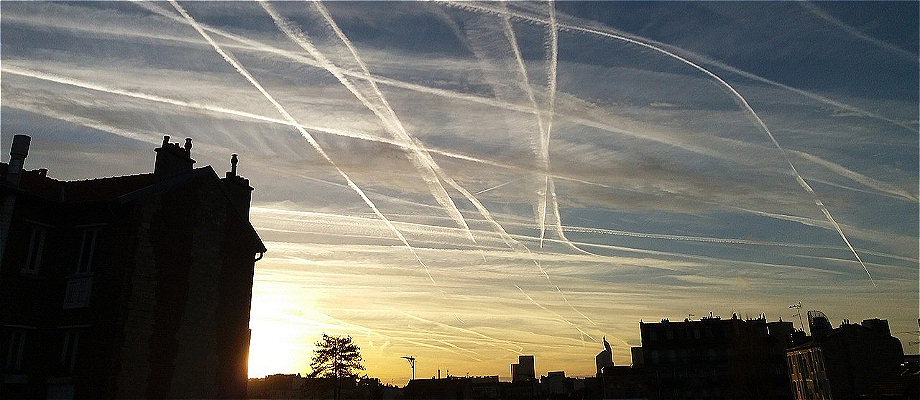Cartographies of a Future
Allen Hall Theatre, University of Otago, Dunedin
25/03/2023 - 26/03/2023
Production Details
Core creative team: Sofia Kalogeropoulou, Hilary Halba, Martyn Roberts, Susan Wardell, Jennifer Cattermole
University of Otago's Performance of the Real Research Theme
This interactive performance installation invites you to reflect on climate futures, and your own feelings about them. What route will your feet trace, through the stages of climate grief? What new spaces will you find or forge, in between optimism, anger, and despair? Spend 15-20 minutes on site, mapping your own way through the spaces of movement, music, performance and provocation that are provided. Then watch as your individual and collective paths are traced across screen and page – a cartography of climate emotion.
Runs every half hour between 4 and 6pm on Saturday March 25th and Sunday March 26th; koha entry or $3 Secured Entry Advance Ticket (S.E.A.T.) from https://www.dunedinfringe.nz/events/cartographies-of-a-future .
Performance installation , Theatre ,
30 minutes
A multi-media interactive installation work
Review by Hannah Molloy 29th Mar 2023
Cartographies of a Future is a multi-media interactive installation work, framed around the five stages of grief (depression, anger, denial, bargaining and acceptance) in the context of climate change.
Audience members are invited into the installation space in groups of five with gentle instructions to orient ourselves with the map on the floor, and to follow its arrows to each experience, We are invited to touch and interact with anything we find.
I very quickly lost track of which section related to which stage of grief but I know my friend and I started at depression, a somehow tranquil and beautiful space tucked behind a corner, with an institutional iron-framed bed neatly made with a rag rug in shades of calm blues folded at the end. Heavily painted CDs are scattered across the covers, some with words etched in them that mirror the poetry being subtly broadcast into the space. This of all the five areas felt welcoming and gentle to me, inviting me to linger in its serenity, even as we talked about the impressions it gave of post-war depression or Seacliff Hospital.
Next we visited the Plastic Woman – Amanda Martin – who was charming and funny, offering us a weirdly hard plastic orange, showing us her TV commercials and sweeping her gloved hands through the knee high pile of recycling she was standing in, inside a perspex box. She and I played with chopping up a piece of plastic cheese and when both my friend and I chose not to eat it, she offered us a barley sugar instead, which we accepted graciously She was hard to resist and coped very well with my laughter – with her not at her…
From here, we wandered to the diagonally opposite corner of the room, a bench covered in magazines where we were invited to tear out pieces and paste them on the table or a conveniently placed free standing door. This bit didn’t make much sense to me although it’s always fun playing at scrapbooking. I stayed longer, trying to figure out what I was meant to be doing and then trying not to overthink my ‘experience’ of the experience.
My friend and I separated here, and I headed straight for the screens showing a dance piece filmed at St Clair Beach. It featured a bonus sea lion as well as the two dancers, who moved gently together but I felt the choreography devolved a little – perhaps into improv as they threw sand at each and rolled around on the dune.
Finally, I visited a lounge scene, with a massage chair, a foot spa, an occasional table with magazines and a deeply discordant infomercial playing on repeat. My friend and I found each other here again and wondered if this bit was about wellbeing or the wellness industry – the resources to make ourselves feel better or more relaxed, overlaid with the shrillness of consumerism…
Our next instruction was to head into the mapping room to draw our pathway around the installation, and various other things, using different coloured pens.
I’m not great at following instructions at the best of times but I wonder if there was too much complexity and expectation to the process of experiencing this work. Various elements were beautifully crafted – the map projected on the floor and the mapping room table, the depression room and the Plastic Lady’s charm. The concept of mapping our individual experience of just one of the massive global-scale crises we’re facing as a species and a society is clever and very interesting but I left feeling like I probably hadn’t done most of it right and wondering whether that would muck up any underlying research the creative team was doing.
Copyright © in the review belongs to the reviewer





Comments